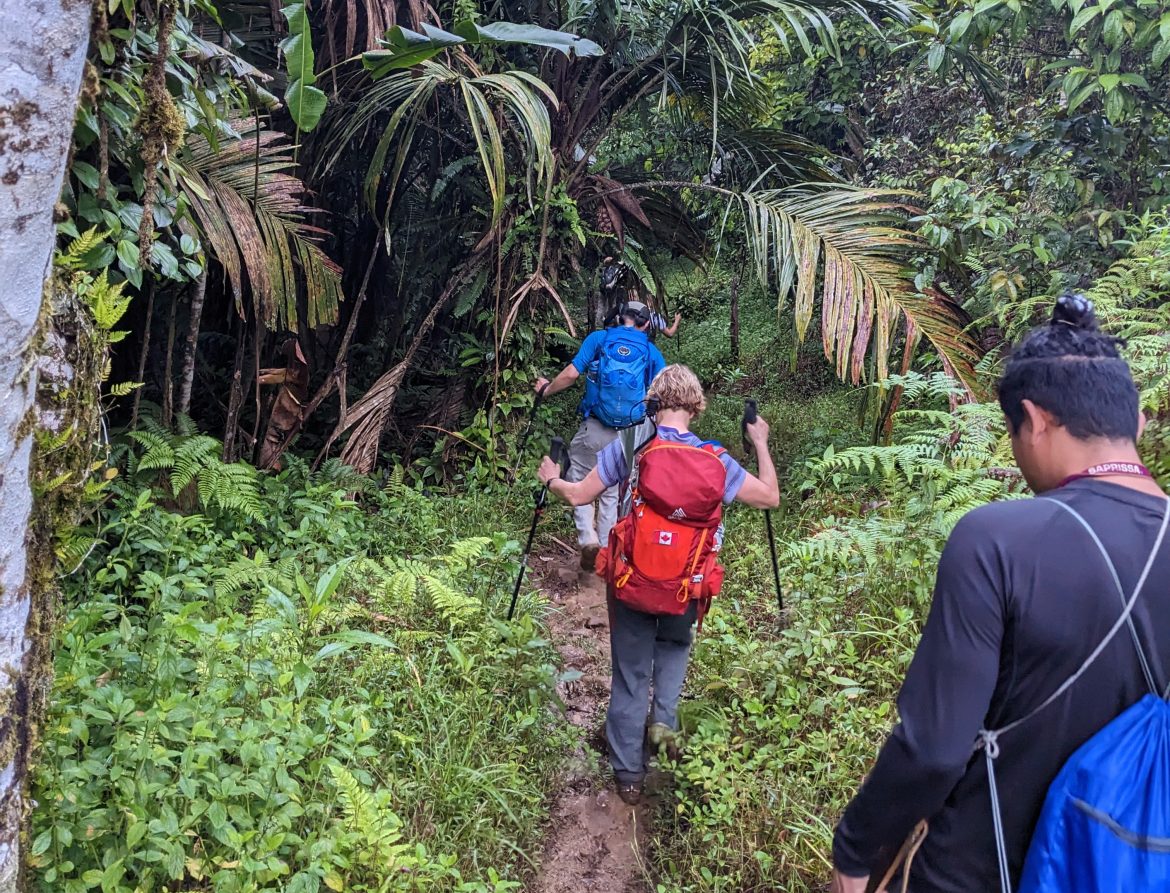Every year, thousands of outdoor enthusiasts lace up their hiking boots to embark on an adventure through the heart of Central America on the Camino de Costa Rica. This 280-kilometer trail stretches from the Atlantic to the Pacific, offering not just a physical challenge but also a unique way to experience the rich biodiversity, vibrant cultures, and unexpected encounters that only a country like Costa Rica can offer.
The Path Less Traveled: Discovering the Camino de Costa Rica
Unlike its distant Spanish cousin, the famous Camino de Santiago, the Camino de Costa Rica remains something of a hidden gem. Established to promote rural community tourism and environmental awareness, the route takes walkers through indigenous territories, coffee plantations, mountainous landscapes, and near dormant volcanoes, ending with the reward of pristine coastal views. It’s more than a trail; it’s a full-on sensory overload.
What to Expect on Your Trek: From Sloths to Smoothies
One of the joys of walking the Camino de Costa Rica is the sheer unpredictability of the experience. One day you might be navigating your way through a dense rainforest canopy, and the next, you could be sipping a freshly made mango smoothie in a sleepy village square, serenaded by local musicians.
The trail is divided into 16 stages, each offering different challenges and rewards. Starting in the Caribbean lowlands of Barra del Colorado, the path winds its way up to the Turrialba Volcano, then down to the Pacific coast near Quepos. Along the way, hikers are treated to a parade of wildlife that could outshine any National Geographic special. Expect to see toucans, monkeys, and if you’re lucky, the elusive jaguarundi.
Gear Up and Go: Packing for the Camino
Packing for the Camino de Costa Rica is an exercise in preparedness. The weather can swing from blisteringly hot to torrentially wet in the blink of an eye. Essential items include lightweight but sturdy hiking boots, a waterproof jacket, a good quality hat, and a reliable insect repellent—because the only thing more relentless than the rain are the mosquitoes.
Hydration packs are a must, as the tropical heat can be unforgiving, and while there are refill points along the way, some stretches require you to be self-sufficient. Also, pack your sense of humor because sometimes the trail signs assume you know whether to turn at the banana tree or the coconut one.
Culinary Delights: Fueling the Journey
The culinary experience along the Camino is as varied as the scenery. Local sodas (small restaurants) offer hearty, home-cooked meals that are both delicious and affordable. Gallo pinto, the national dish of rice and beans, will become your new favorite breakfast, powering you through the morning’s trek. For a midday boost, nothing beats a pipa fría (cold coconut water) straight from the shell.
And let’s not forget about the coffee. Costa Rica’s gold standard beans are not just for export. You’ll pass through communities where coffee is the lifeblood, and yes, it tastes as good at the source as you imagine.
Safety First: Navigating with Care
While the Camino de Costa Rica is adventurous, it’s not without its risks. The terrain can be tricky, and medical facilities in remote areas are sparse. Travel insurance that covers medical evacuation is recommended. It’s also wise to hike with a buddy, or better yet, join a guided group if you’re not an experienced trekker.
Local guides not only enhance the safety of the journey but also enrich the experience by sharing insights into the natural and cultural heritage of the regions you pass through. Plus, they know the best spots for unforgettable Instagram moments!
The Walk of a Lifetime
Walking the Camino de Costa Rica is not just a physical journey but a voyage into the soul of one of the most ecologically diverse places on earth. It’s a challenge, a cultural immersion, and a chance to connect with nature in ways that few other experiences can offer.
So, if you’re looking for an adventure that combines the thrill of exploration with the warmth of Tico hospitality, it’s time to consider walking the Camino de Costa Rica. Just remember, every step you take is not just a move forward on the map, but a step deeper into the heart of Costa Rica.

